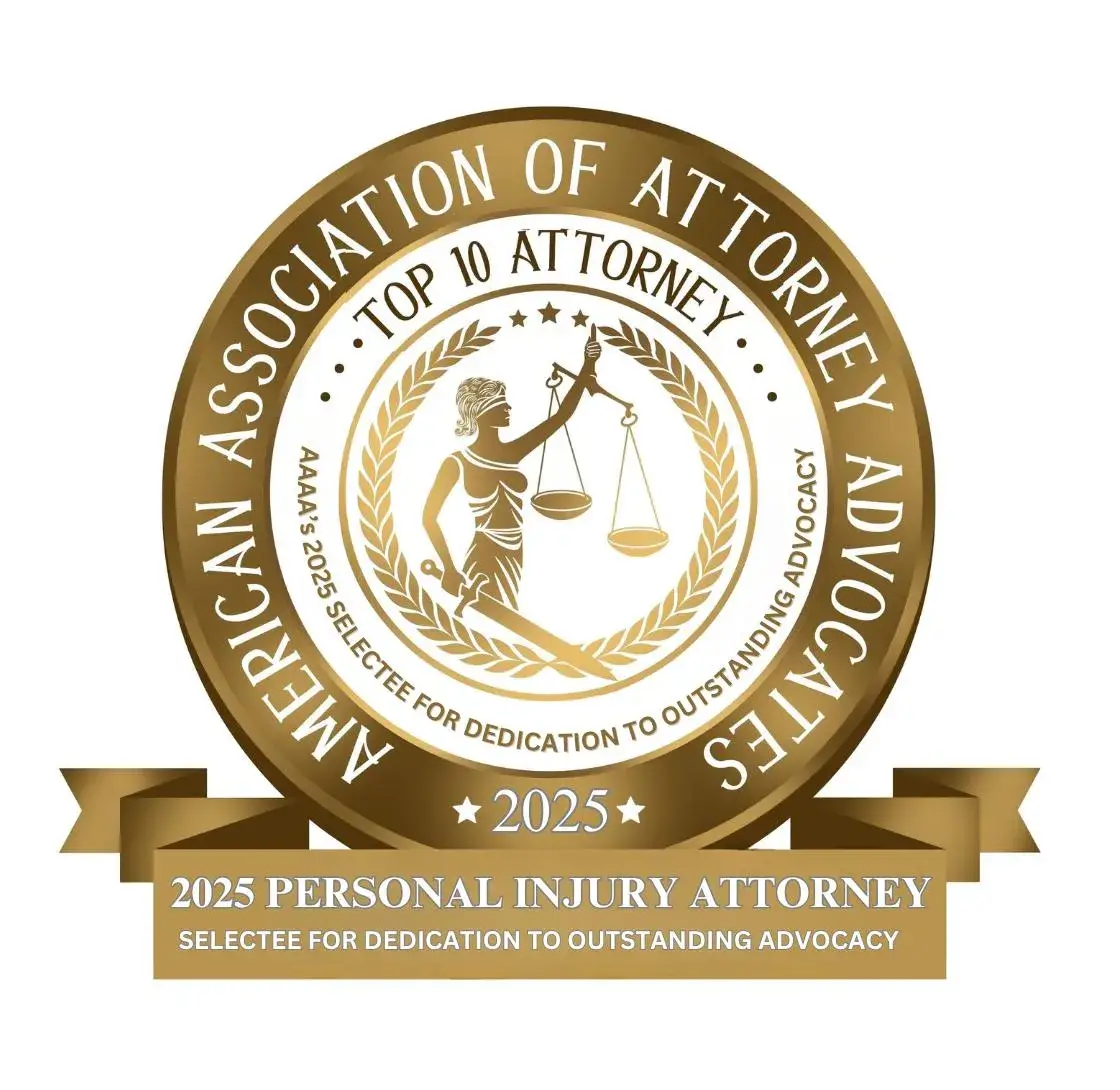Product Liability Claims Involving Defective Cars
On average, motor vehicle crashes send more than 2 million drivers and passengers to the emergency room every year, claiming the lives of more than 30,000 Americans. Human factors contribute to a large share of these accidents, but unfortunately, defective cars and car parts also play a major role in car accident deaths.
The National Highway Traffic Safety Administration reports that in 2013, more vehicles were recalled (22 million) than were sold (15 million). The year 2013 marked the worst year for auto recalls in a decade, representing a 25 percent increase from 2012. The worst offenders for vehicle recalls in 2013 were:
- Toyota/Lexus/Scion (5.3 million cars and trucks recalled)
- Chrysler Group (4.7 million models recalled)
- Honda/Acura (2.8 million models recalled)
Under product liability law, a manufacturer, designer, or supplier of a defective vehicle (or vehicle component) can be found liable for injuries caused by the defect. A product liability claim can arise from two different types of vehicle defects: defectively manufactured vehicles and vehicles with an unreasonably dangerous design.
Defectively manufactured vehicles or vehicle parts were designed correctly but manufactured incorrectly. However, “manufacturing” in this case is a broader term than it seems; defective manufacturing even applies to errors that occur at the shipping facility, the dealership, or in storage facilities.
Defectively designed vehicles or vehicle parts have an unreasonably dangerous blueprint that, when driven out in the real world, causes injuries or other harm. These defects are especially dangerous because they typically affect a large number of drivers and are not noticed until several weeks or months after the car hits the market. These vehicles or parts are often subject to high-profile product recalls, such as the General Motors recalls of 2013 and 2014.
One of the most puzzling parts of a product liability claim is figuring out the potential defendants for your case. Any participant in the chain of distribution for your vehicle could have had a hand in producing the defective final product, and as such, it is important to identify all possible sources of liability.
Potential defendants in a defective vehicle claim include:
- Manufacturer
- Parts manufacturer
- Car dealership or used car dealer
- Automotive supply shop
- Shipper
The liable party in your case will depend on a number of factors, including the specific location of the defect (e.g. a defective vehicle structure vs. a defective steering wheel), whether or not the vehicle’s original design was faulty, and who was responsible for the ultimately defective part.
Proving a product liability claim for a defective car involves proving the following elements:
- The vehicle was defectively manufactured or designed
- You suffered damages of some kind (i.e. injuries, property damage, etc.)
- The manufacturing or design defect was the direct cause of your injury
Oftentimes, a defective vehicle claim will apply to a large number of consumers. If so, the people affected typically join together to file a class-action lawsuit. Joining an existing class-action lawsuit has several benefits for you, including the help of a lawyer who is already familiar with the case (and probably has years’ worth of experience filing claims against large corporations) and little to no upfront cost.
However, it is wise to consult a personal injury attorney before joining a class-action suit. If your situation or injuries are substantially different from others in the class-action suit, it could be more beneficial to file your own personal injury claim instead of joining the existing lawsuit.


















